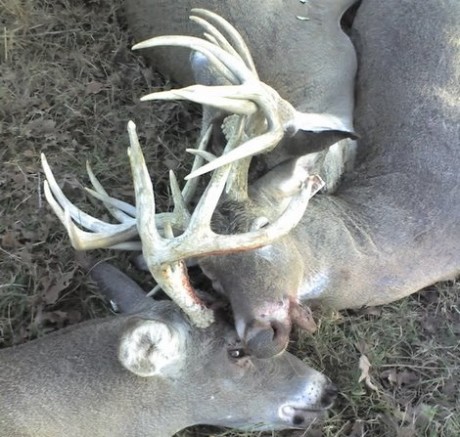
Throughout the course of the novel, Bukowski develops his misanthropic anti-hero character that is seen in his other works like Post Office and Hollywood. Like his previous autobiographical novels, Ham on Rye centers on the life of Henry Chinaski, this time during his childhood and teenage years.

The reader eventually follows Chinaski to college and reads of Henry's attempt to find a worthwhile occupation. To make matters worse, Chinaski develops horrible acne so severe that he has to undergo painful, and mostly ineffective, treatments, essentially becoming a human guinea pig for various experiments thought up by his uninterested doctors. As Henry begins High School, his father, who is experiencing downward inter-generational socioeconomic mobility, makes him go to a private school where he fits in even less amongst all the well-heeled, spoiled rich kids with their flashy, colorful, convertible sports cars and beautiful girlfriends. As Henry grinds his way through Junior High School, he discovers the manifold pleasures of alcohol and masturbation. As Chinaski progresses through grammar school, the focus of Henry's attention is on sports, violence, and girls. He has only slightly better results in baseball. Football is difficult for him, but he enjoys the violence that comes with it. Henry is not athletic but wants to be and therefore tries hard to improve. She is, in fact, a victim of her husband's brutality as well. Chinaski relates that he has an abusive father, and his mother does nothing to stop his father's abuse. As the story progresses the reader follows his life through the school years and into young adulthood. It begins with Chinaski's early memories. The novel focuses on the protagonist, Henry Chinaski, between the years of 19. The story takes place at home, at his different schools, at the doctor's office (for his never-ending acne treatments) and at various other locales around town. Scenes outside of Los Angeles show Chinaski as an intruder, as with an early scene where he and his family are chased out of an orange grove. This type of description does not venerate or idealize the city, a contrast to other so-called "Los Angeles Novels". Bukowski keeps his descriptions of his hometown grounded in reality, paying more attention to the people that make up Los Angeles than to the city itself.

Like his previous works, Ham on Rye is set in Los Angeles where the author grew up.


 0 kommentar(er)
0 kommentar(er)
